Optimal Times for Pond Water Testing
Pond water testing is essential for maintaining healthy aquatic ecosystems. The timing of tests can influence the accuracy of results and help identify issues promptly. Regular testing during specific periods ensures optimal pond health and water quality management.
Testing in spring helps monitor water quality after winter and before peak activity begins. It detects nutrient levels and algae potential early.
Summer tests assess the impact of increased temperatures and algae blooms, ensuring water remains safe for aquatic life.
Fall testing evaluates nutrient buildup and prepares for winter conditions, helping prevent water quality decline.
Winter testing is less common but useful in colder climates to monitor ice cover effects and prevent issues related to low oxygen levels.
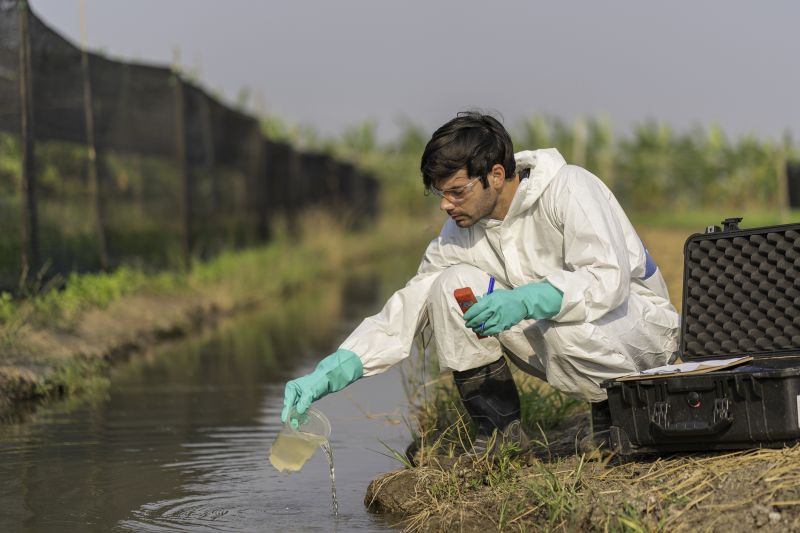
Sample collection during early spring to assess winter residue.
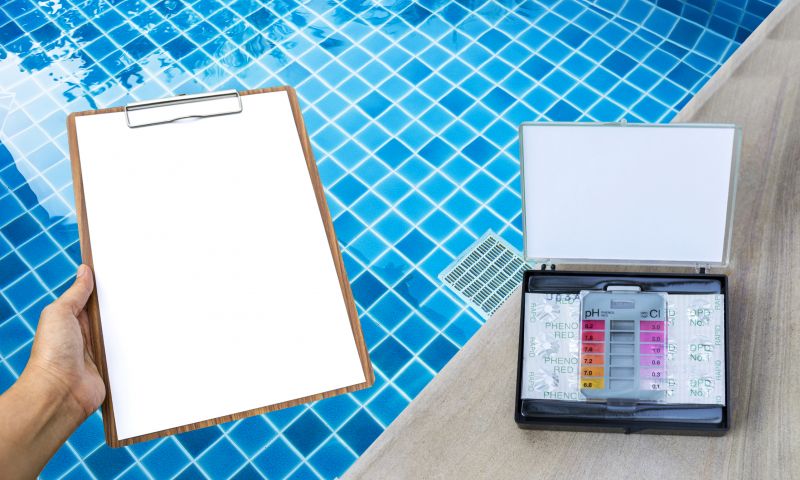
Monitoring water during peak warm months.
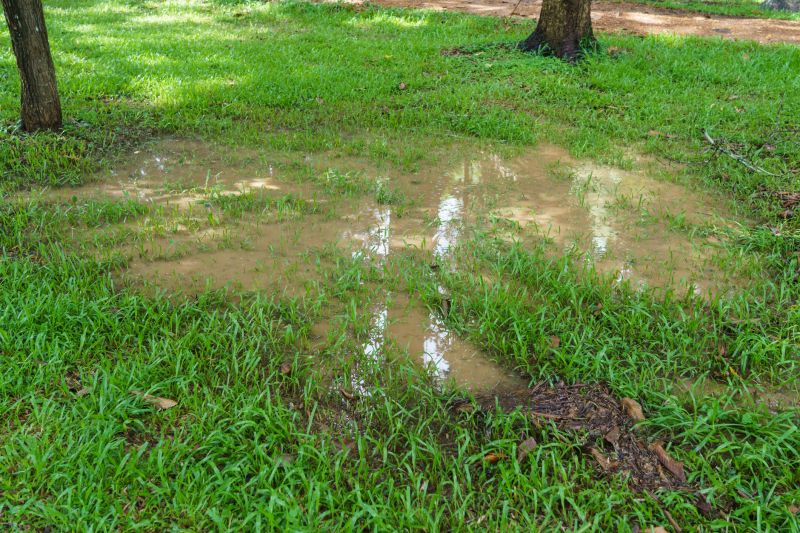
Evaluating nutrient levels before winter.

Ways to make Pond Water Testings work in tight or awkward layouts.
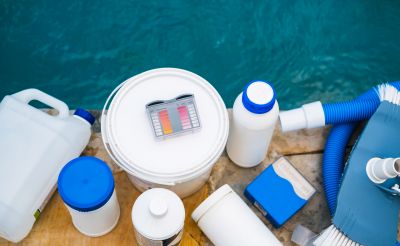
Popular materials for Pond Water Testings and why they hold up over time.

Simple add-ons that improve Pond Water Testings without blowing the budget.
| Season | Best Testing Period |
|---|---|
| Spring | Early spring, after ice melts |
| Summer | Mid to late summer |
| Fall | Late fall before winter |
| Winter | In colder climates, during winter months |
Pond water testing involves analyzing various parameters such as pH, ammonia, nitrites, nitrates, and dissolved oxygen. These metrics provide insights into water quality and help prevent issues like algae overgrowth, fish kills, and water stagnation. Consistent testing allows for timely intervention and maintenance, supporting a balanced aquatic environment.

Tools used for accurate pond water analysis.
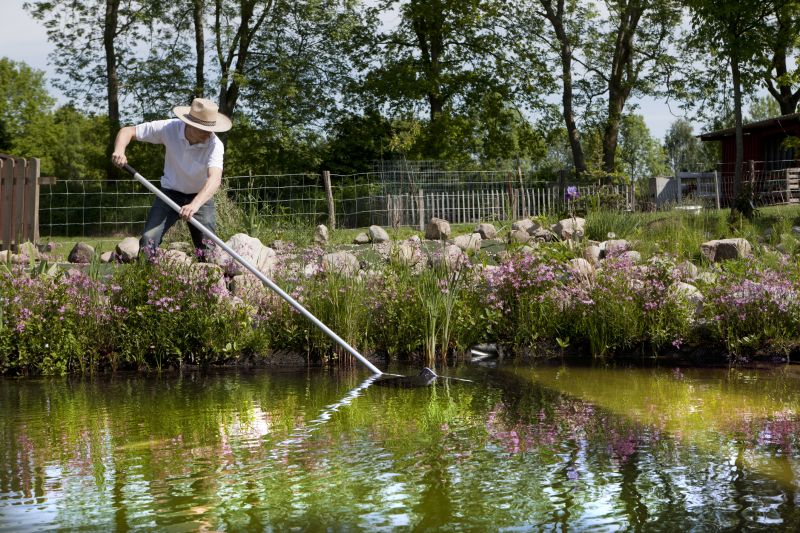
Proper techniques for collecting pond water samples.

Steps involved in analyzing pond water quality.

Detailed examination of water samples in labs.

High-end options that actually feel worth it for Pond Water Testings.

Finishes and colors that play nicely with Pond Water Testings.

Little measurements that prevent headaches on Pond Water Testings day.
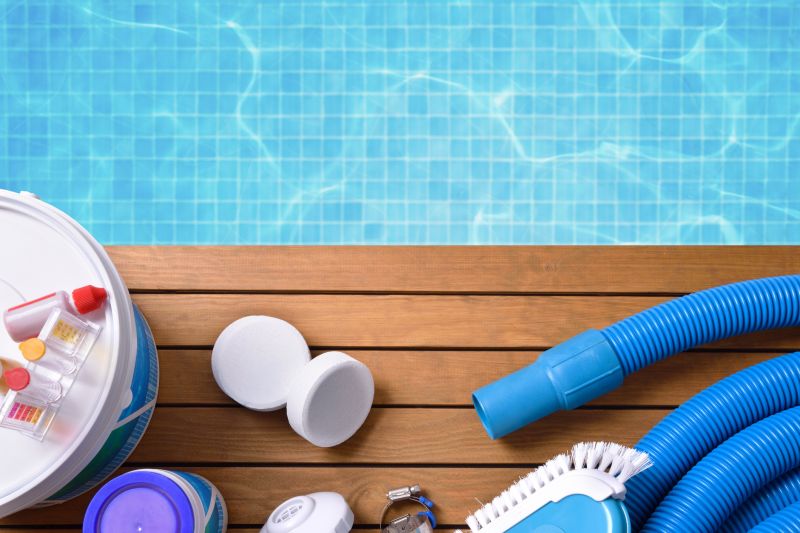
A 60-second routine that keeps Pond Water Testings looking new.

A frequent mistake in Pond Water Testings and how to dodge it.
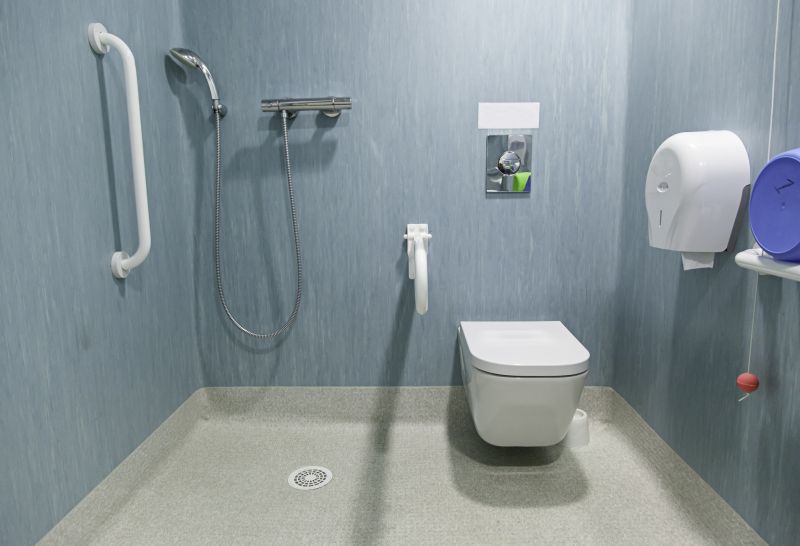
Small tweaks to make Pond Water Testings safer and easier to use.
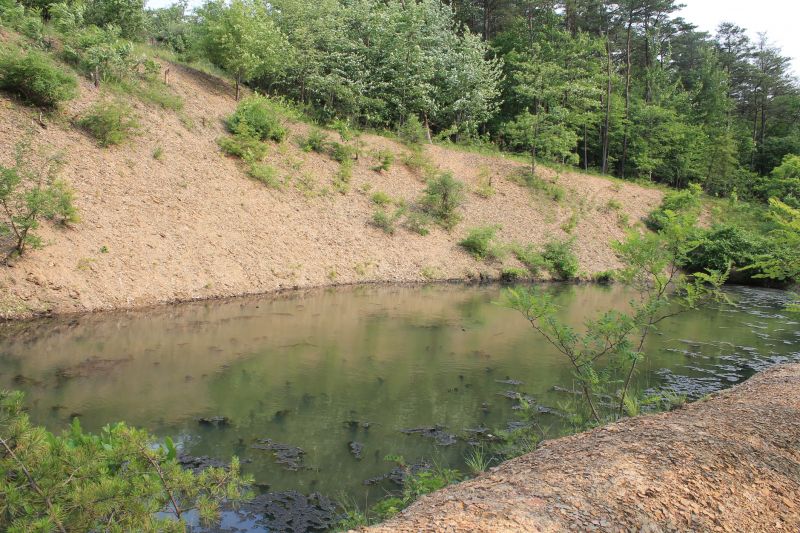
Lower-waste or water-saving choices for Pond Water Testings.
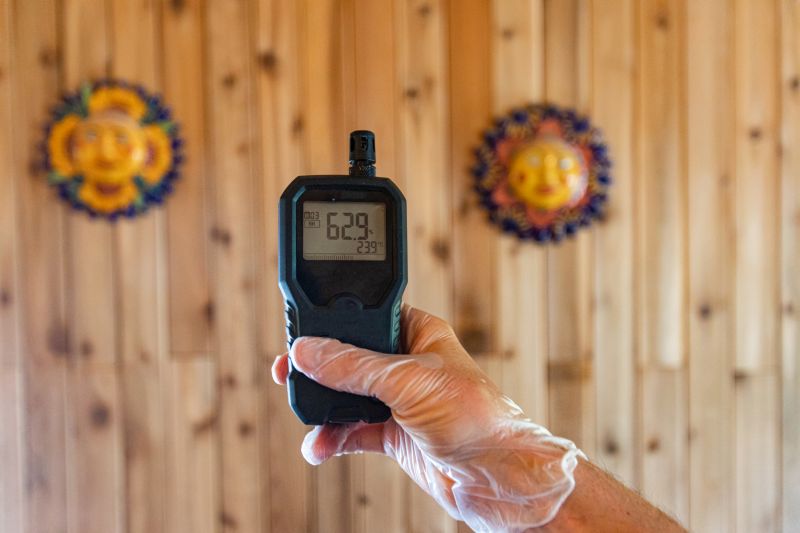
The short, realistic tool list for quality Pond Water Testings.
Regular pond water testing supports the early detection of water quality issues, enabling effective management strategies. Proper timing and consistent analysis are key to maintaining a healthy pond ecosystem, ensuring clarity, balance, and the wellbeing of aquatic life.

Clear water and balanced ecosystem.
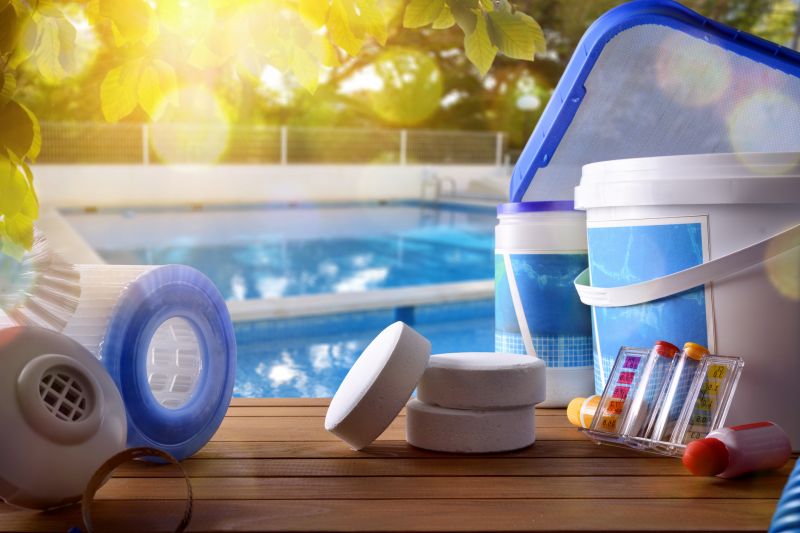
Monitoring to prevent excessive algae growth.

Continuous assessment for pond health.

Rough timing from prep to clean-up for Pond Water Testings.
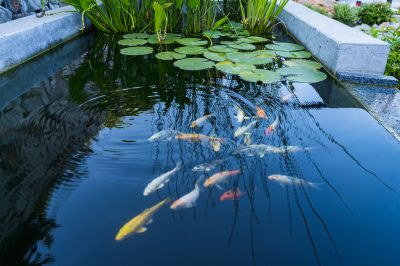
Quick checks and paperwork to keep after Pond Water Testings.

Examples that show the impact a good Pond Water Testings can make.
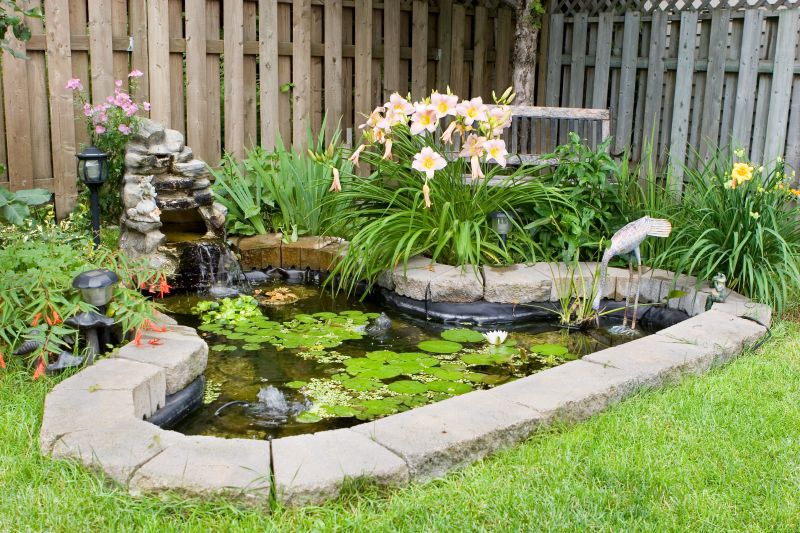
Ways to make Pond Water Testings work in tight or awkward layouts.

Ways to make Pond Water Testings work in tight or awkward layouts.
Interested in pond water testing services? Filling out the contact form can provide more information and assistance in maintaining optimal water quality for pond ecosystems.



